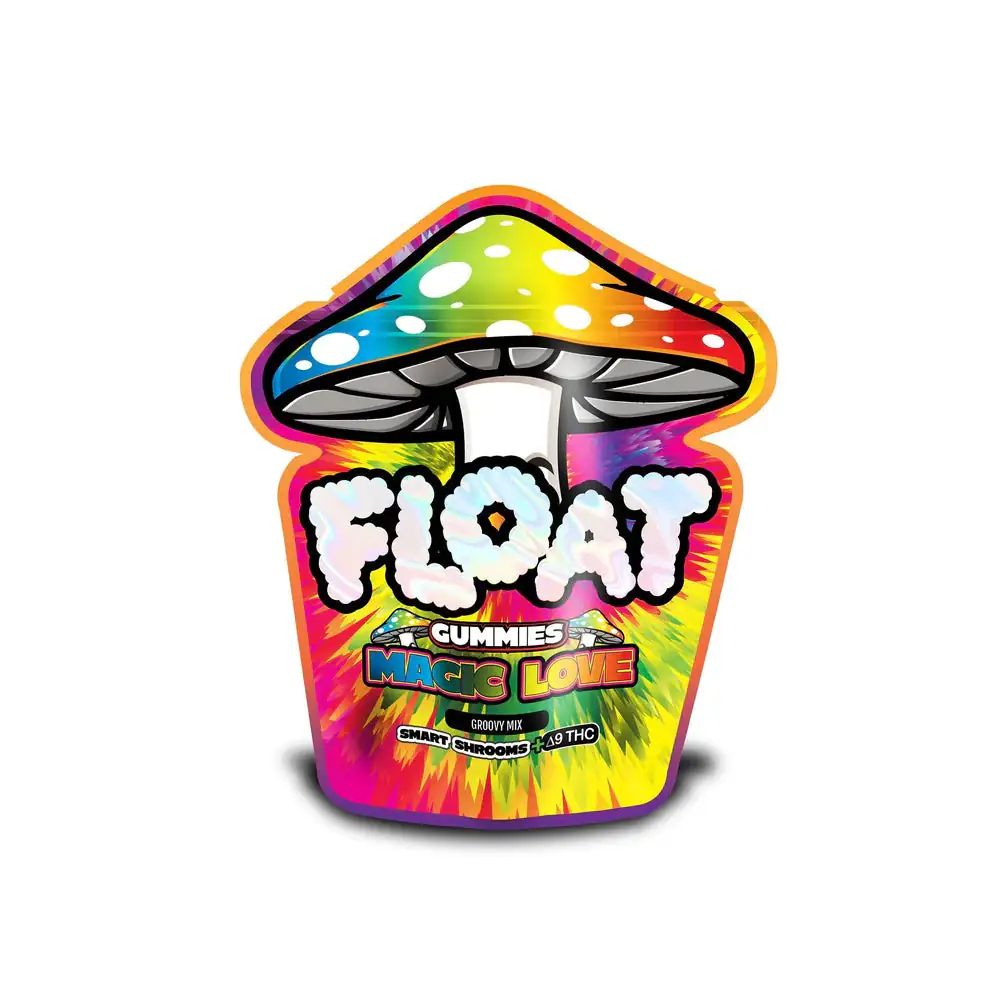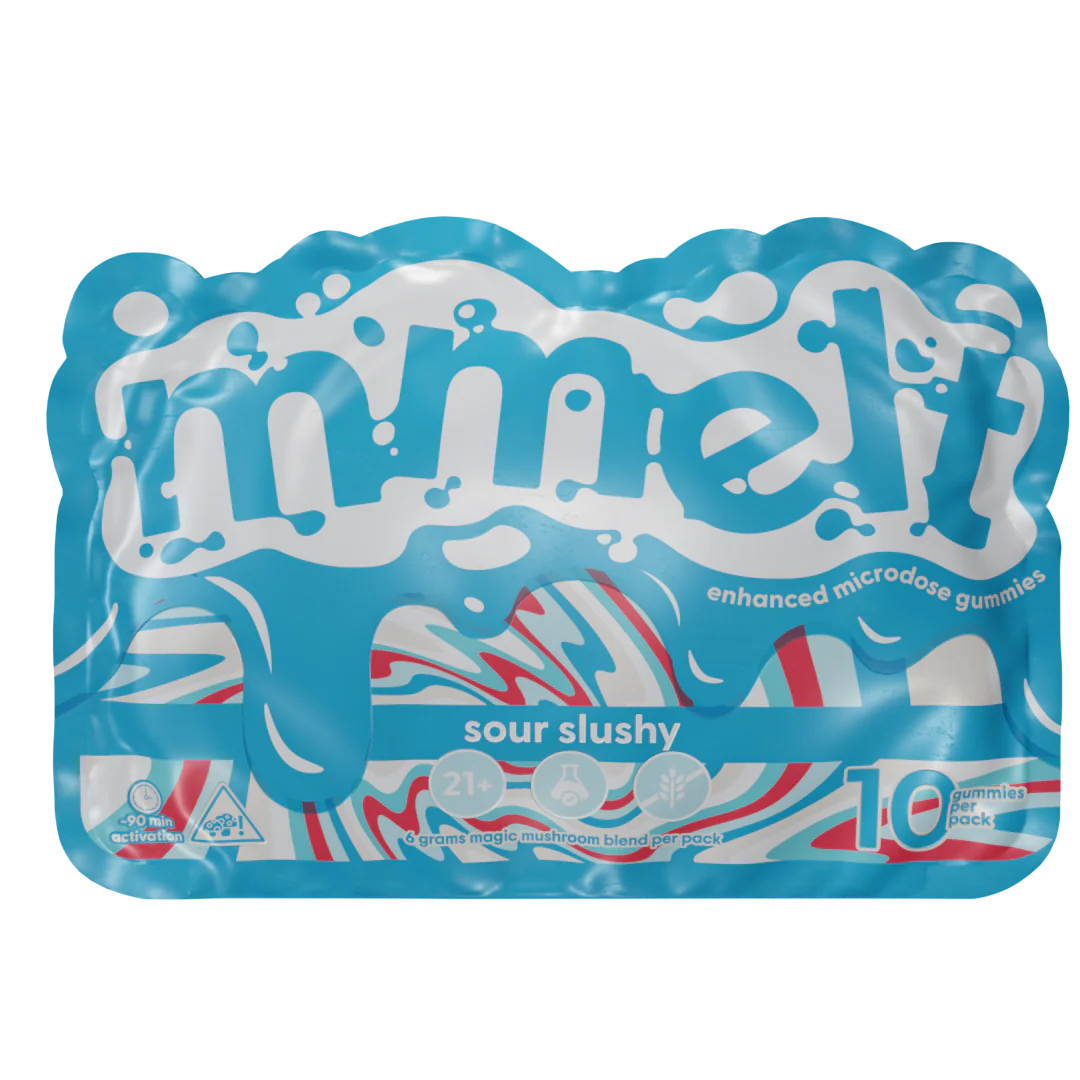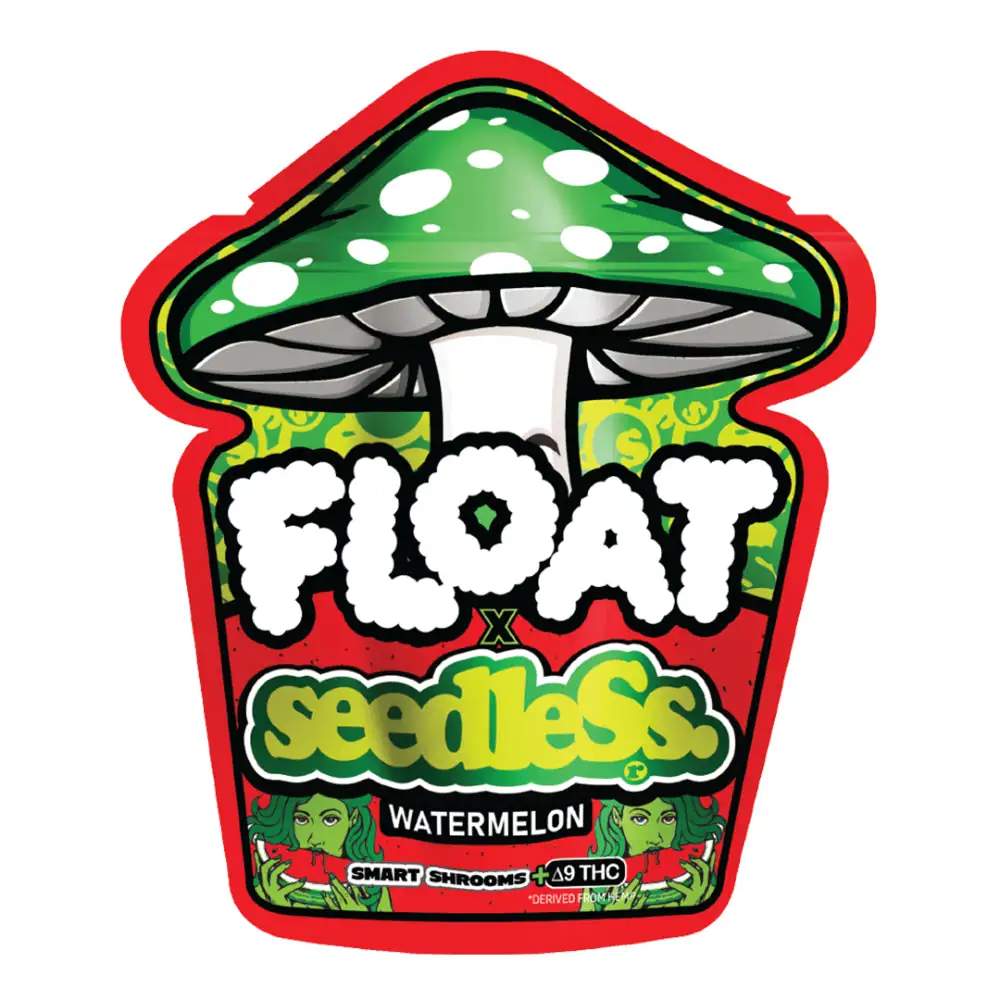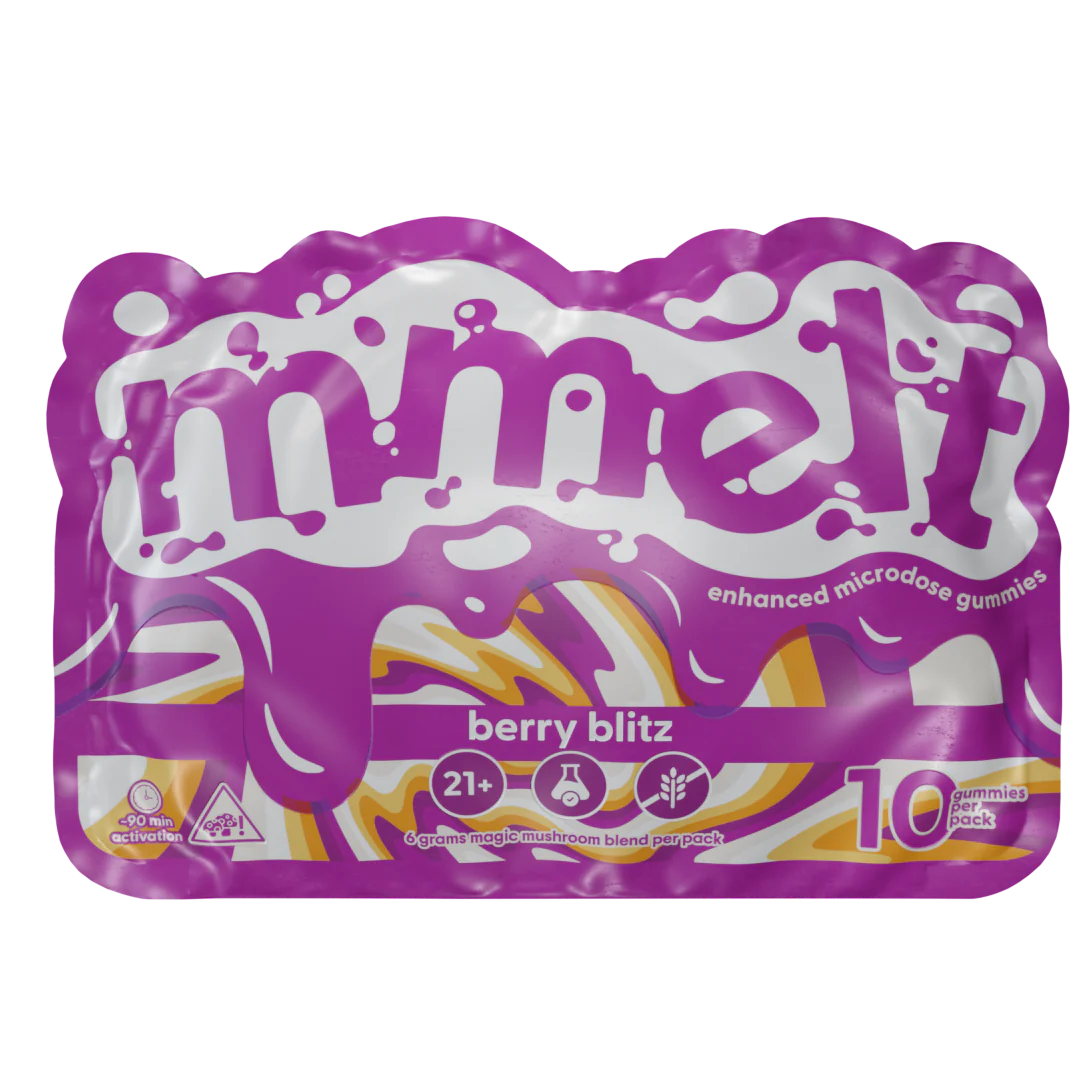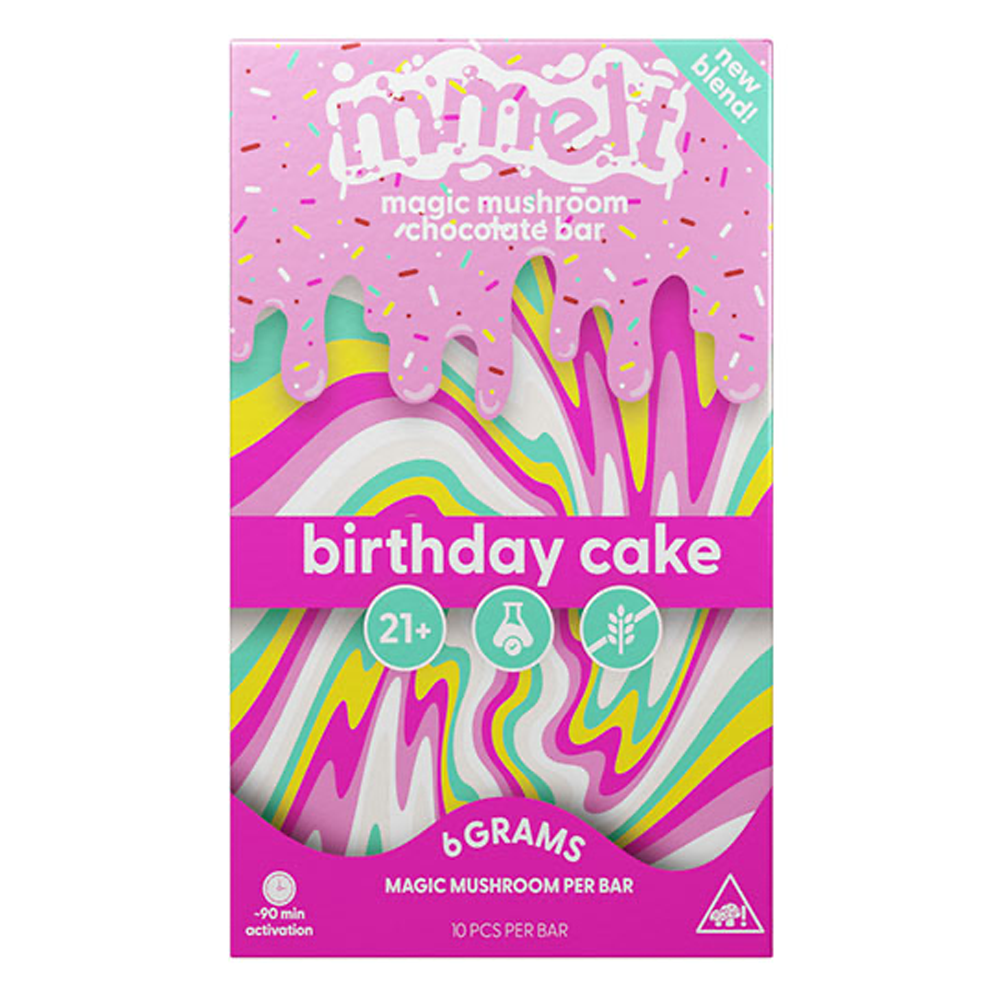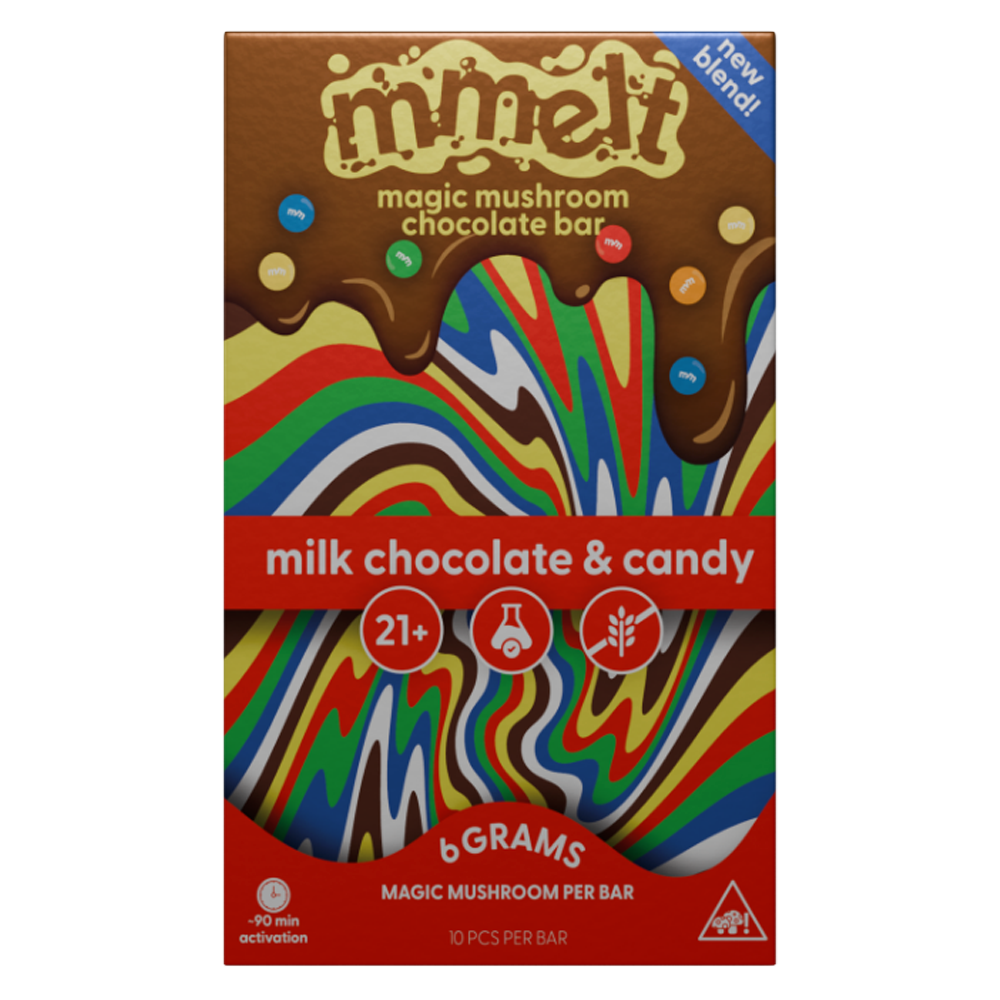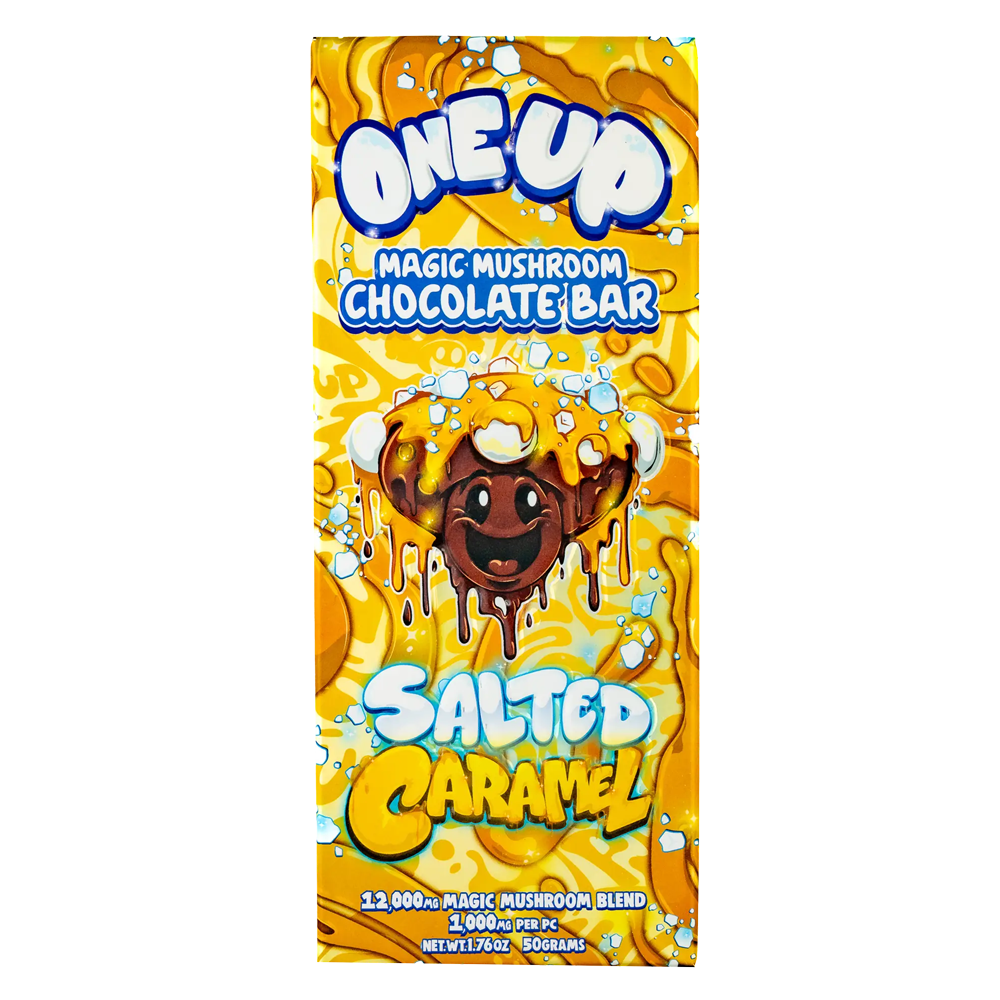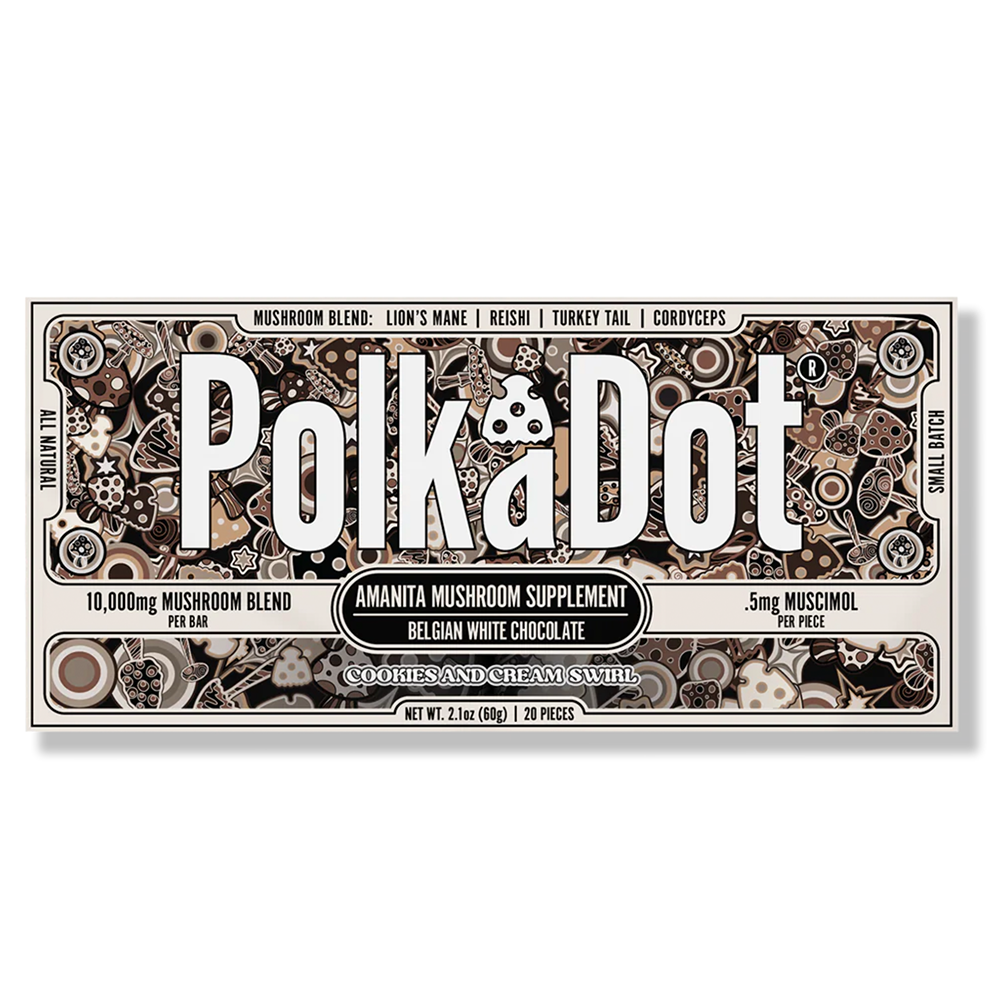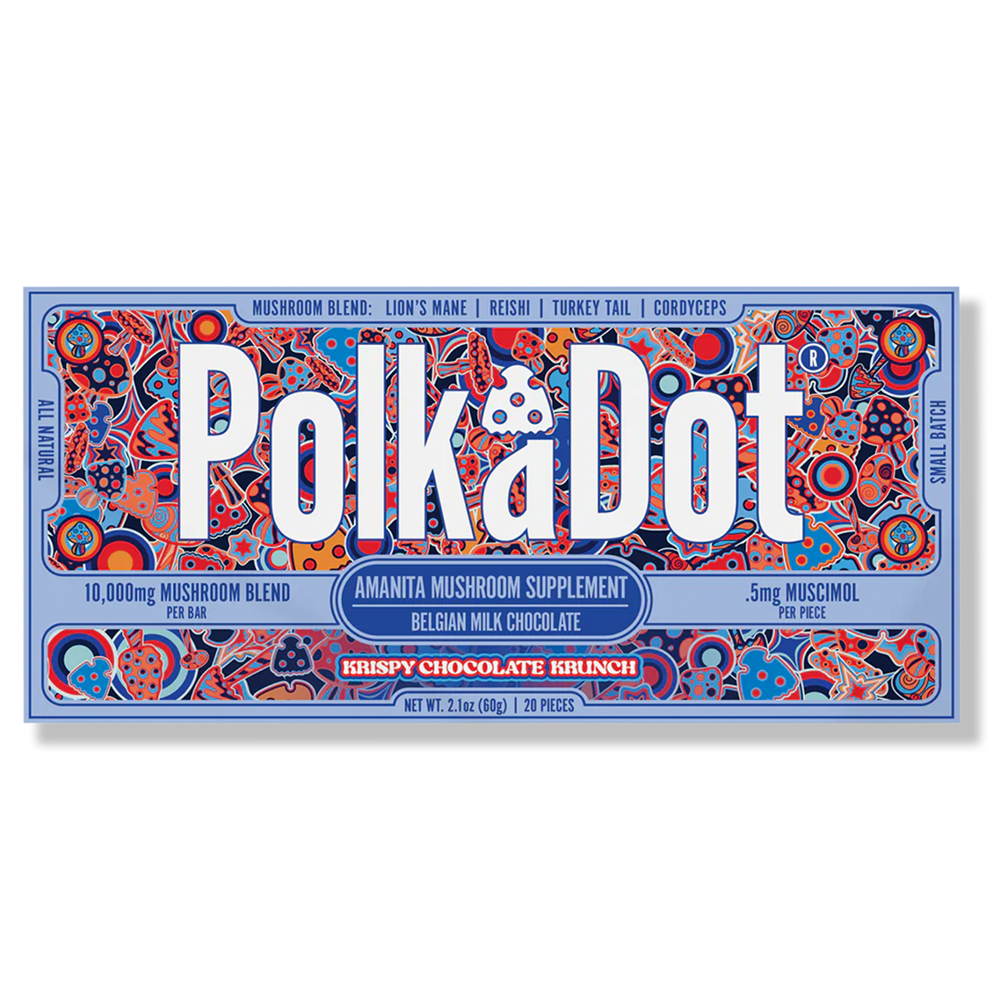In recent years, psychedelics have made their way from underground scenes to mainstream curiosity, with magic mushrooms leading the charge. Known for their psilocybin content and transformative effects, these fungi have traditionally been consumed in dried form, brewed into teas, or encapsulated for microdosing. But now, a new trend is capturing attention: magic mushroom vapes. Yes, vaping shrooms. It sounds futuristic, possibly even suspect, but it’s a growing niche in the world of alternative wellness and recreational experimentation.
But what does it really mean to vape magic mushrooms? Are people actually vaporizing fungi and inhaling psilocybin? Or is this a clever marketing gimmick dressed up in wellness branding? As interest grows, it’s important to separate fact from fiction. This blog dives into the science, legality, safety, and user experience surrounding magic mushroom vapes to give you a clear and grounded understanding before you consider trying one yourself.
Can You Actually Vape Magic Mushrooms?
To get straight to the point: you can’t effectively vape traditional psilocybin-containing magic mushrooms in the same way you smoke cannabis vapes. Not in the way most people think of vaping. While the idea might sound appealing—inhaling psychedelics for a faster onset and a smoke-free experience—the chemistry just doesn’t support it.
Psilocybin, the primary active compound in magic mushrooms, is a delicate molecule. When heated beyond a certain temperature, it begins to break down before it can be converted into the psychoactive psilocin. Most vape pens heat substances to temperatures between 200°C and 250°C (392°F to 482°F), which is too hot for psilocybin to survive intact. Instead of vaporizing into your lungs, the compound likely just degrades and becomes ineffective.
Some people attempt to dry and crush mushrooms to create a vapeable powder, but again, the heat stability of psilocybin is a major hurdle. Not only that, but inhaling mushroom particles or burnt mushroom matter is dangerous to your lungs and could cause irritation, inflammation, or worse.
In short, vaping actual psilocybin mushrooms in a traditional vape pen is not a scientifically sound method. But that doesn’t mean the “magic mushroom vape” trend is entirely fiction. It just means it’s something else entirely.
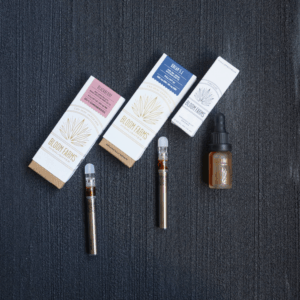
What Are “Magic Mushroom Vapes” Really Made Of?
If you can’t vape psilocybin, then what exactly is in these so-called “magic mushroom vapes”? Turns out, the products flooding the market under this label are often made of other substances altogether. While some claim to include mushroom extracts, most of these vapes either contain legal psychedelic analogs or completely different mushroom types that aren’t psilocybin-based.
Some common ingredients found in these vapes include:
- Amanita muscaria extract: Unlike psilocybin mushrooms, Amanita muscaria contains muscimol and ibotenic acid, which interact with the brain differently.
- Functional mushroom blends: Think lion’s mane, cordyceps, or reishi—non-psychedelic mushrooms known for cognitive and mood-enhancing benefits.
- Nootropics and adaptogens: Compounds like L-theanine, 5-HTP, or ashwagandha that promote focus, calm, or mood enhancement.
Because of the ambiguity in labeling, some companies ride the line between wellness and psychedelia by using suggestive branding. They’ll use psychedelic imagery, mushroom icons, or terms like “mind-expanding” without explicitly saying the product contains psilocybin.
Amanita Muscaria Vapes vs Psilocybin Vapes
Let’s talk about Amanita muscaria—you know, the classic red-and-white mushroom that looks like it came straight out of Super Mario Bros. While this mushroom is psychoactive, it doesn’t work the same way as psilocybin mushrooms. Amanita contains muscimol and ibotenic acid, compounds that produce effects such as sedation, mild euphoria, altered perception, and, in high doses, hallucinations.
Interestingly, muscimol is more heat-stable than psilocybin, which means it can theoretically be vaporized in the right conditions. This is why some brands offer Amanita vapes as a legal alternative to psilocybin vapes. They’re not technically the same experience, but they can produce altered states of consciousness.
However, the effects of Amanita muscaria are unpredictable. Some people report a dream-like high, while others experience nausea, confusion, or even temporary paralysis. It doesn’t interact with serotonin receptors the way psilocybin does, and the euphoria can be more dissociative than expansive.
So if you see a vape advertised as a magic mushroom vape, and it contains Amanita muscaria extract, it’s not a psilocybin product. It’s a legal gray-area product with completely different pharmacology. That distinction matters.
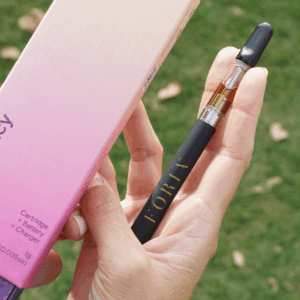
Do Magic Mushroom Vapes Actually Work?
Let’s unpack the million-dollar question: do these mushroom vapes actually work? The answer depends entirely on what you’re expecting and what the product contains.
If you’re hoping for a traditional psilocybin trip—with visuals, ego dissolution, and a few hours of existential epiphanies—you’re probably going to be disappointed. Psilocybin just isn’t viable for inhalation in its natural form. But if the product is formulated with a legal analog like muscimol or a synthetic compound that mimics a psychoactive effect, you might feel something.
Some experienced users report mild to moderate effects from Amanita vapes or nootropic-infused formulas. These can include light euphoria, mild visuals, body relaxation, or enhanced sensory perception. However, the experience is usually far more subtle than eating magic mushrooms or taking a psilocybin capsule. In fact, some of the reported effects could be placebo, especially when branding is powerful and consumers are expecting a trip.
The variability in ingredients and concentrations means psychoactive experiences will vary widely. Until the market matures and more standardized formulations become available, results will be hit or miss.

Safety Concerns and Health Risks
As with any new wellness trend, it’s crucial to look beyond the hype and consider the health risks involved. The truth is, magic mushroom vapes operate in a regulatory Wild West. There are few safety standards, minimal oversight, and lots of room for bad actors to cut corners.
One major concern is the inhalation of unknown or poorly tested substances. If a vape contains whole mushroom material, you could be inhaling spores, dust, or particulate matter that doesn’t belong in your lungs. These particles can cause respiratory issues, lung inflammation, or long-term damage.
Even if the vape contains only extract, the safety of inhaling compounds like muscimol has not been well studied. While it might be heat-stable, that doesn’t mean it’s safe to vaporize and inhale regularly. The same goes for synthetic analogs or novel psychoactive substances (NPS) that some brands sneak into their formulas. Without third-party lab testing, you can’t be sure what you’re getting.
Moreover, there’s the issue of dosage. Unlike edibles or capsules, which offer a relatively controlled dose, vape products can deliver inconsistent amounts with each puff. That unpredictability makes it easier to take too much, too quickly—especially if you’re unfamiliar with the active ingredients. Consider speaking with a healthcare professional prior to puffing on a magic mushroom vape.
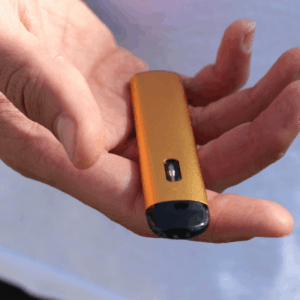
Legal Status of Mushroom Vapes in the U.S. and Beyond
The legality of magic mushroom vapes is a complex subject, and it depends heavily on what’s actually inside the vape. If the psychoactive product contains psilocybin, it’s a Schedule I substance under federal U.S. law, meaning it’s illegal to possess, manufacture, or distribute it. State-level laws vary, with Oregon and Colorado being the most progressive in terms of psilocybin decriminalization and therapy access.
On the other hand, Amanita muscaria is not classified as a controlled substance at the federal level in the U.S. This has allowed manufacturers to create and sell products using Amanita extract without running afoul of federal law. However, some states may still regulate or restrict its sale.
Internationally, psilocybin remains widely restricted, though countries like the Netherlands, Jamaica, and Brazil have more lenient policies. Amanita products are in a similar legal gray area globally, often unregulated but not explicitly permitted either.
It’s important to remember that the legal risks of these products can change quickly, especially as regulators catch up with the market. Always check your local laws before buying or using a magic mushroom vape.
How Magic Mushroom Vapes Compare to Other Forms
When it comes to choosing how to experience magic mushrooms (or mushroom-like effects), vapes are just one option among many. Here’s how they stack up against other popular formats:
- Dried mushrooms: The most traditional form. Usually consumed orally, leading to a slow onset (30-60 minutes) and a long duration (4-6 hours).
- Capsules or microdoses: Ideal for measured, subtle effects. Great for therapeutic use or mood elevation and management.
- Mushroom tea: Gentle on the stomach and allows for fast acting effects compared to eating raw mushrooms.
- Edibles (e.g., chocolate, magic mushroom gummies): Popular and discreet, with more consistent dosing.
- Vapes: Fast onset and discreet but less reliable in terms of content, safety, and potency.
Vaping might be more convenient and trendy, but traditional methods still offer more predictable and studied effects. For most people, especially those new to psychedelics, starting with more established formats is a smarter, safer move.
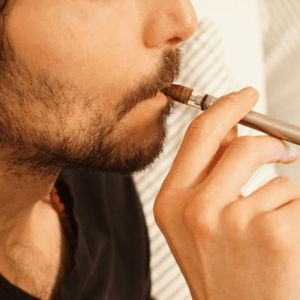
Tips for First-Time Users
If you’re still curious and considering trying a magic mushroom vape, keep these tips in mind:
- Research the brand and read reviews. Make sure they offer transparent ingredient lists and lab testing.
- Start with a small dose. If the product contains Amanita muscaria or another active compound, take one or two puffs and wait.
- Know your body. Everyone reacts differently. Be prepared for a range of effects, from subtle calm to mild disorientation.
- Be mindful of your setting. Just like with traditional psychedelics, your environment and mental state play a big role.
- Avoid mixing substances. Don’t combine with alcohol, cannabis, or other psychoactives.
Even though these products are positioned as lighter or legal alternatives, they still deserve respect and caution.
Final Thoughts: Are Magic Mushroom Vapes the Future or a Fad?
Magic mushroom vapes are one of those ideas that sound revolutionary on paper but face serious limitations in practice. While the allure of quick, inhalable psychedelics is strong, the science simply isn’t there to support psilocybin in vape form—at least not yet. What’s currently available are products made with alternative compounds like muscimol or nootropics that attempt to replicate parts of the psychedelic experience.
There’s potential here, especially as public interest in psychedelics grows and the market evolves. But right now, mushroom vapes are more novelty than necessity. They offer a less-researched and potentially riskier path to altered states, especially when compared to traditional ingestion methods that have decades (if not centuries) of anecdotal and scientific backing.
If you’re exploring psychedelics, be thoughtful. Know what you’re consuming, respect the limits of your body and mind, and lean on methods that are transparent and grounded in research. Magic mushroom vapes might be the future someday—but for now, they’re best approached with a healthy dose of skepticism.
Frequently Asked Questions
1. Can you vape actual psilocybin mushrooms?
No, you can’t effectively vape psilocybin mushrooms. Psilocybin is not heat-stable and degrades at the temperatures used in most vape devices. Attempting to vape dried mushrooms won’t deliver the psychoactive effects and could potentially harm your lungs by introducing spores or particulate matter.
2. What’s in a “magic mushroom vape” if it doesn’t contain psilocybin?
Most so-called magic mushroom vapes contain Amanita muscaria extract (which includes muscimol and ibotenic acid), functional mushrooms like lion’s mane, or nootropic blends. Some products may also use synthetic or legal analogs that attempt to mimic the effects of psilocybin (think: creative stimulation and mood elevation) without actually containing it.
3. Are magic mushroom vapes legal?
If the vape contains psilocybin, it is federally illegal in the U.S. However, many mushroom vapes use legal ingredients like Amanita muscaria extract, which is not classified as a controlled substance at the federal level. Always check local laws, as state and local regulations can vary widely.
4. Do magic mushroom vapes actually get you high?
It depends on the formula. Vapes containing muscimol from Amanita muscaria may produce mild psychoactive effects, such as body relaxation, light euphoria, or altered perception. However, these effects are generally less intense and less consistent than those produced by traditional psilocybin mushrooms.
5. Are magic mushroom vapes safe to use?
The safety of mushroom vapes is still unclear due to limited research. Inhaling hemp-derived cannabinoids or fungal compounds that haven’t been thoroughly tested could pose risks, especially to your respiratory system. It’s crucial to use magic mushroom products from reputable brands like Tre House with transparent ingredients, proprietary blends, and third-party lab testing.






